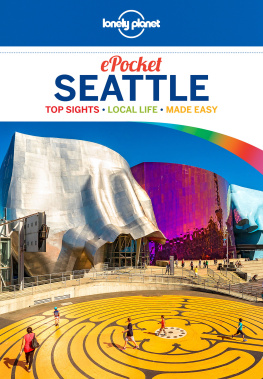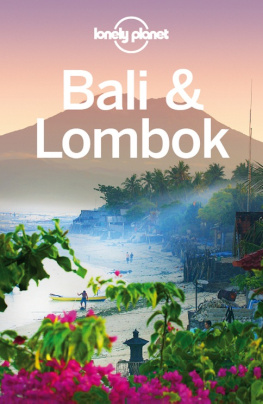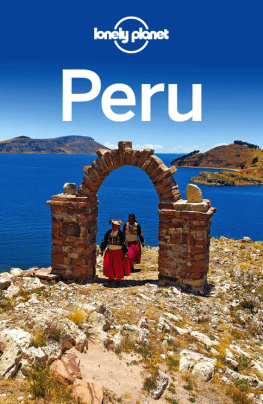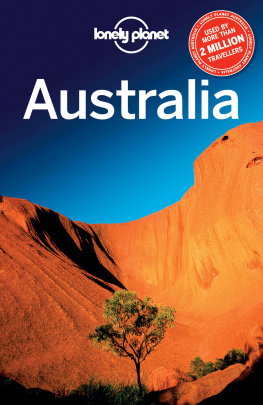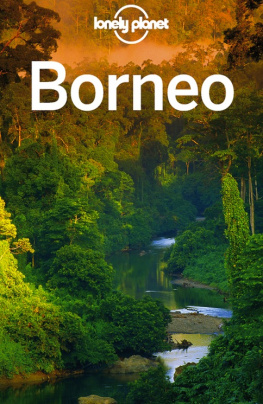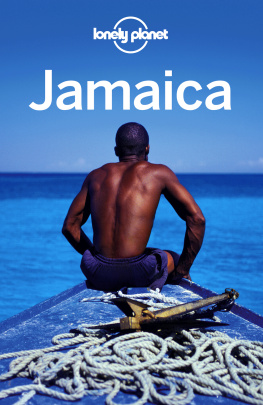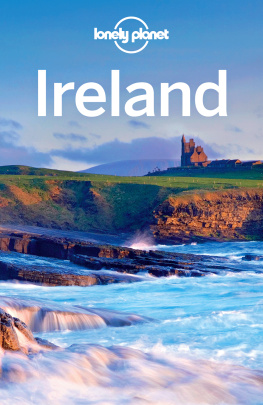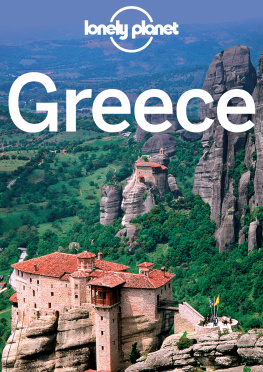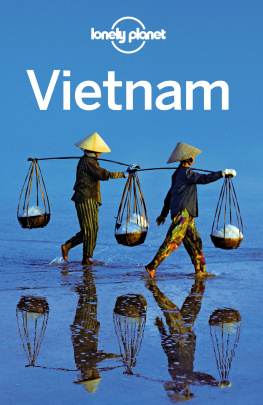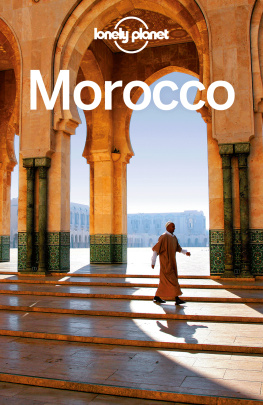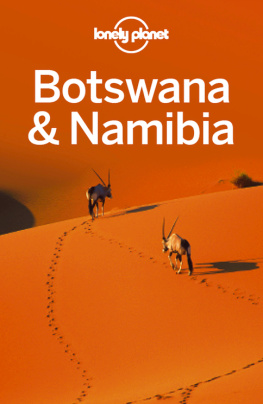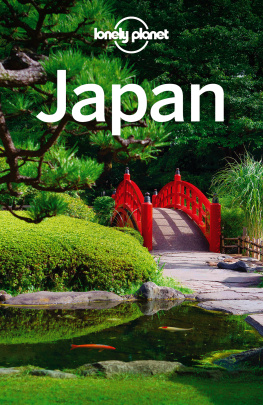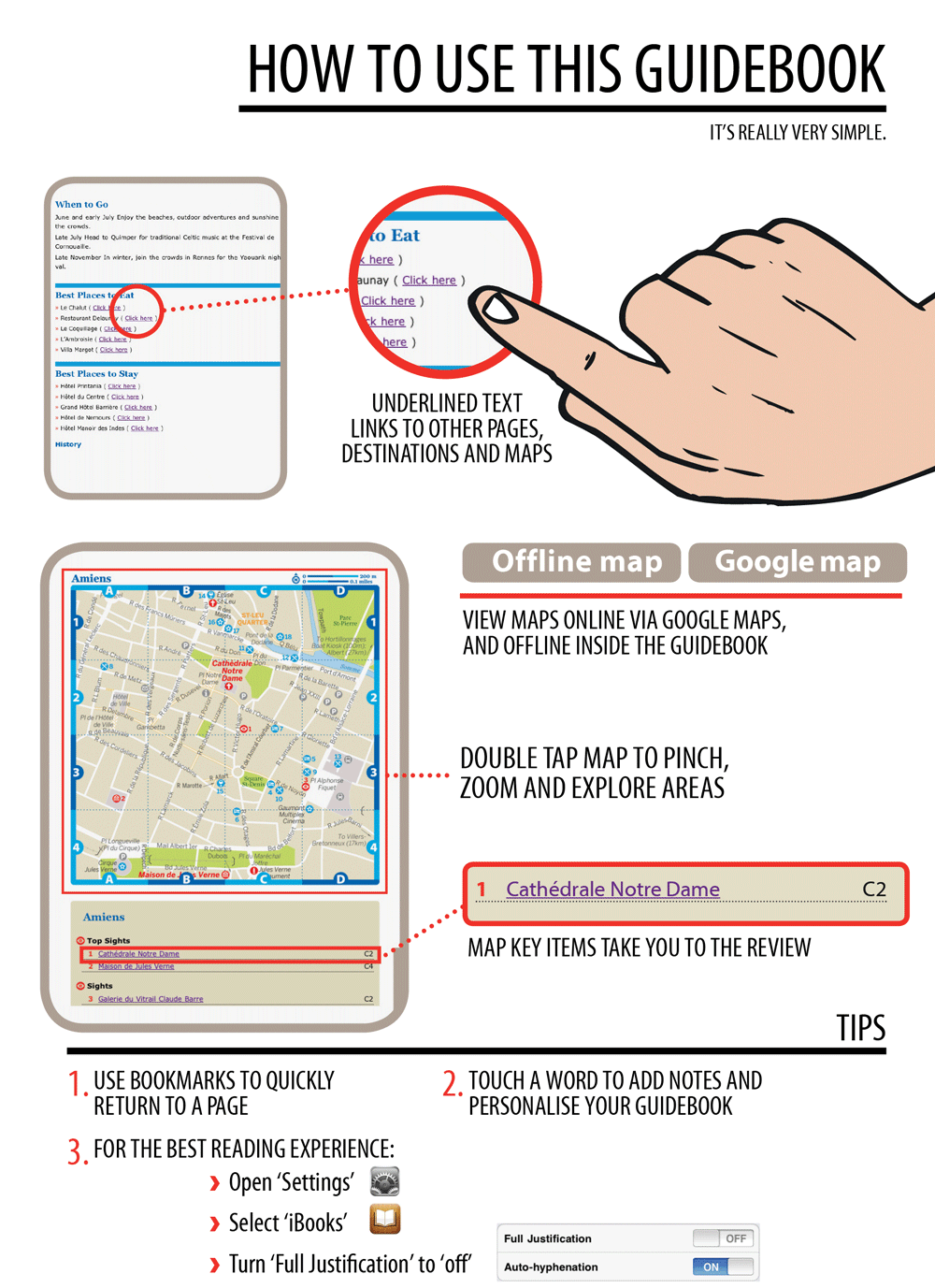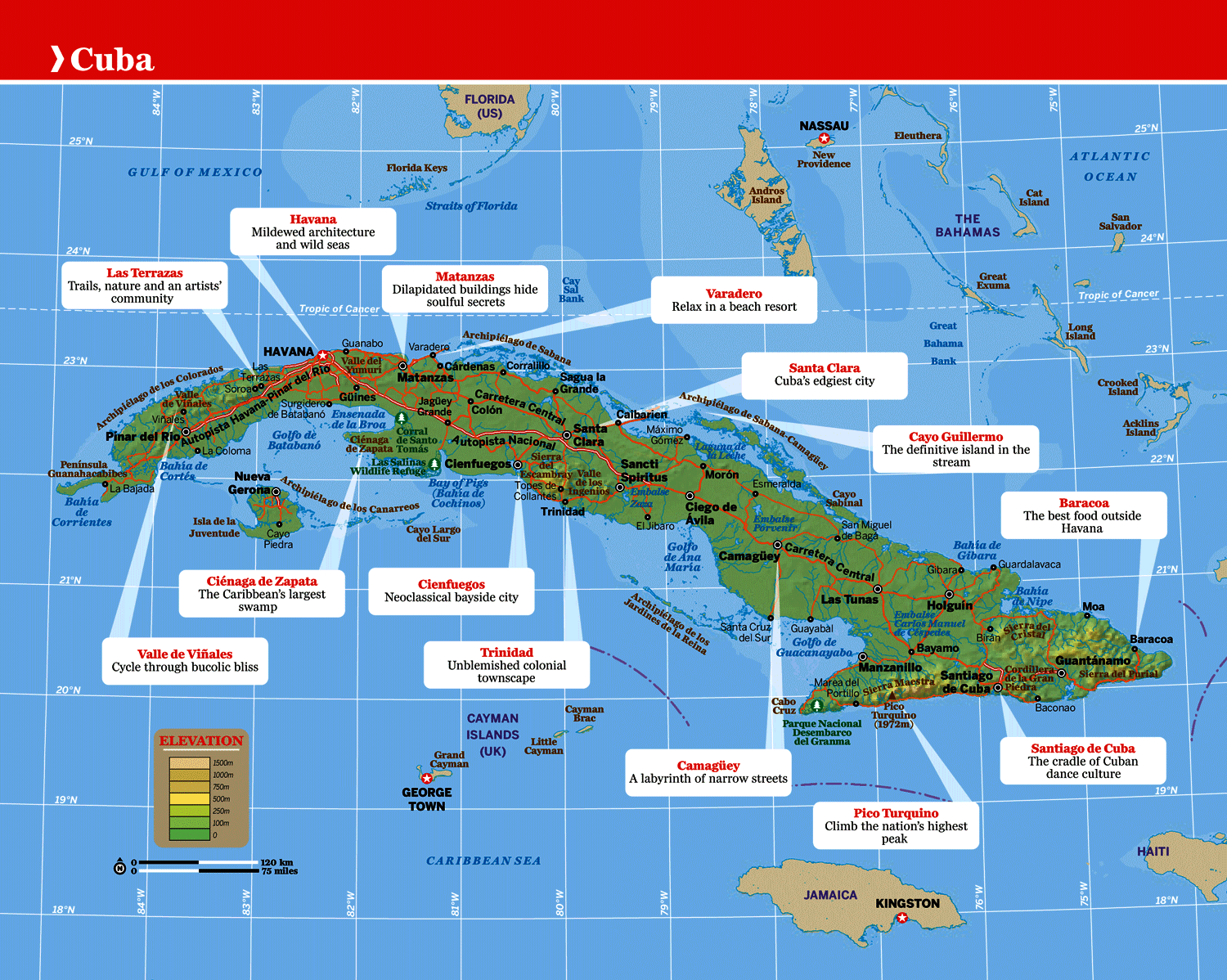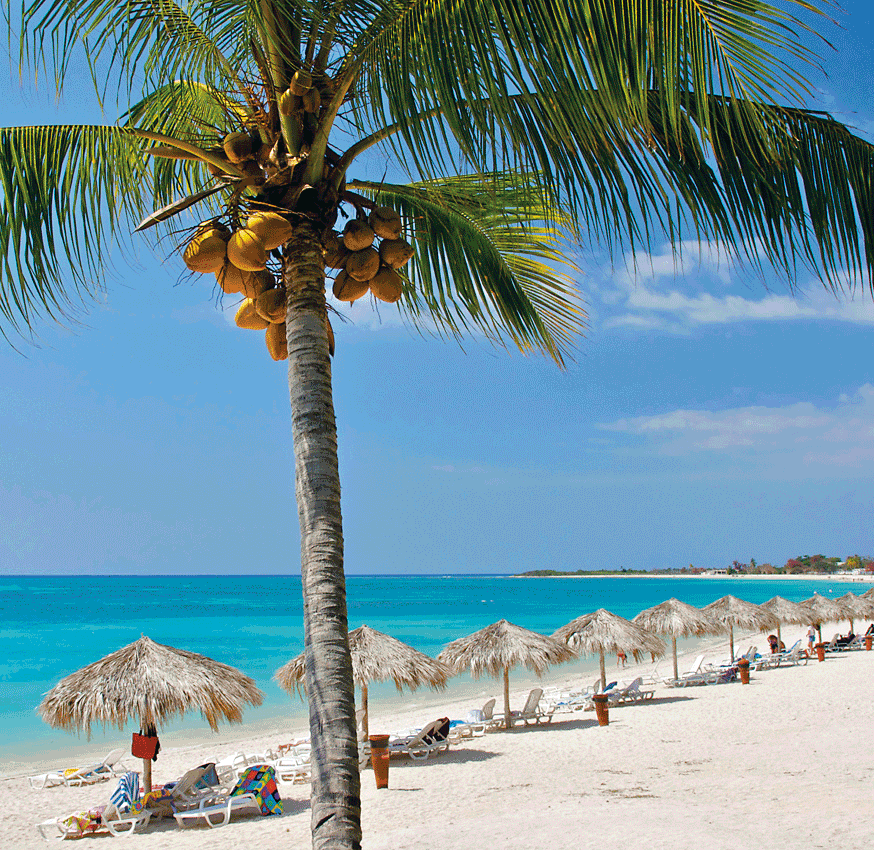GETTING THE MOST OUT OF LONELY PLANET MAPS
E-reader devices vary in their ability to show our maps. To get the most out of the maps in this guide, use the zoom function on your device. Or, visit http://media.lonelyplanet.com/ebookmaps and grab a PDF download or print out all the maps in this guide.
welcome to Cuba
Cuba is a continuing education. Just when you think youve figured it out, it confounds you with another brow-beating riddle. That essentially is its underlying attraction.
Mildewed Magnificence
There ought to be a banner in the arrivals hall at Havana airport that reads Abandon preconceptions, all ye who enter here. Get ready for shocks, surprises, and eye-opening epiphanies. Twenty-first century Cuba promises to be like nowhere else youve ever visited: economically poor, but culturally rich; visibly mildewed, but architecturally magnificent; infuriating, yet at the same time, strangely uplifting. If the country were a book, it would be James Joyces Ulysses; layered, hard to grasp, serially misunderstood, but above all a classic.
Cubas intricacies are a result of its history, a troubled saga of external interference and internal strife that has bred genocide, slavery, invasion, counterinvasion, and popular revolution. Floating halfway between the US to the north and Latin America to the south, the archipelago has long struggled to work out where it fits in. Even its ecology, as German scientist Alexander von Humboldt once observed, is decidedly weird, a kind of Caribbean Galpagos where contradictory phenomena coexist.
A Certain Romance
For half a century Cuba has been infamous for its politics, dominated by the increasingly wrinkled visage of Fidel Castro, who only has to cough for the world media to go on red alert. But the polemics hide deeper secrets. Most visitors are surprised to arrive in Havana and find, not some grey communist dystopia, but a wildly exuberant place where the taxi drivers quote Hemingway and even hardened cynics are ensnared by the intrigue and romance.
Cubas romance isnt of the candlelit, dinner-for-two variety. Here, in a country of few material possessions, life can be raw, in your face, and rough around the edges. But, the austerity is only half the story. Cuba is crammed with innumerable impossible-to-buy riches. Ponder the Latin Lotharios holding court on Havanas Malecn, the ingenious DIY-merchants fine-tuning their hybridized Russian-American cars, or the old ladies in rollers conjuring culinary miracles out of nothing.
The Spirit of Survival
That Cuba has survived is a miracle in itself. That it can still enthrall travelers from around the globe with its beaches, bays, mountains, rum, music, and impossibly verdant landscapes is an even greater achievement. The key lies in the Cubans themselves: survivors and improvisers, poets and dreamers, cynics and sages. Defying all logic, it is the people who have kept the country alive as the infrastructure has crumbled; and it is they also who have ensured that Cuba continues to be the fascinating, perplexing, paradoxical nation it is. Such uniqueness is a vanishing commodity in an increasingly globalized world. Grab it while its still there.
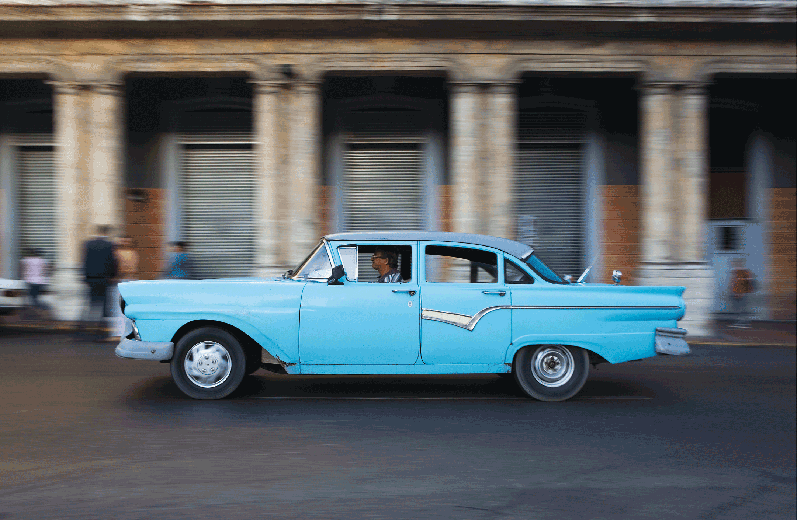
Classic American car in the streets of Habana Vieja, Havana
BRENT WINEBRENNER / LONELY PLANET IMAGES
Live Music Scene
In Cuba piped music is considered a cop-out. Here in the land of son , salsa, rumba and trova everything is spontaneous, live and delivered with a melodic panache. Theres the romantic bar-crawling troubadour, the gritty street-based rumba drummer, the bikini-and-feathers cabaret show, the late-night reggaetn party the list goes on. Cubas musical talent is legendary and rarely comes with the narcissistic star status common in other parts of the world. Hit the streets, prick up your ears and let the music lure you in.
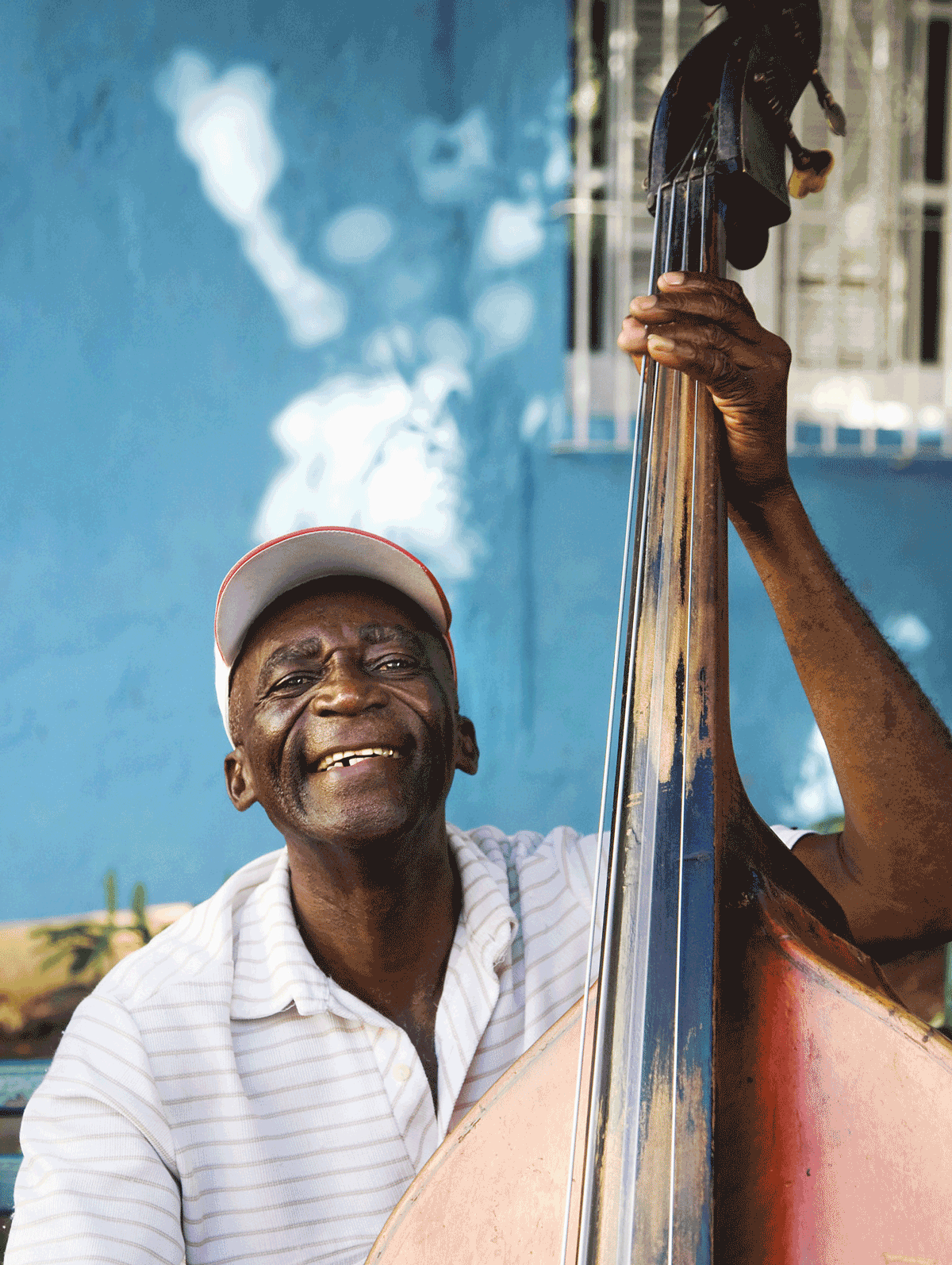
Street musician, Santiago de Cuba
BENJAMIN RONDEL/PHOTOLIBRARY
Havanas Malecn
Only a fool comes to Havana and misses out on the Malecn sea drive (), 8km of shabby magnificence that stretches the breadth of the city from Havana Vieja to Miramar and acts as a substitute living room for tens of thousands of cavorting, canoodling, romance-seeking habaneros . Traverse it during a storm when giant waves breach the wall, or tackle it at sunset with Benny Mor on your mp3 player, a bottle of Havana Club in your hand and the notion that anything is possible come 10pm.
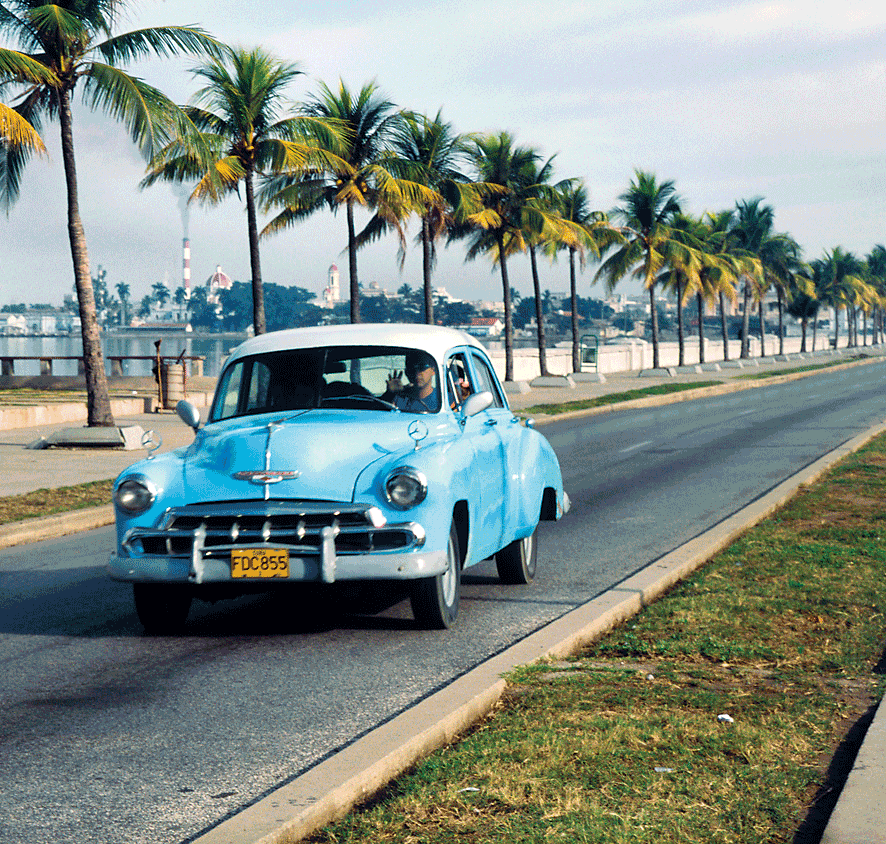
FRANK CARTER/LONELY PLANET IMAGES
Cubas Casas Particulares
Picture the scene: there are two rocking chairs creaking on a polished colonial porch, a half-finished bottle of rum being passed amiably between guest and host, and the sound of lilting music drifting ethereally through the humid tropical darkness. It could be any casa particular in any street in any town, theyre all the same. Shrugging off asphyxiating censorship and bleak Cold Warstyle totalitarianism, Cuba can be one of the most candid countries on earth if you opt out of the government-sponsored resorts and stay in a casa particular.

PATRICK SYDER/LONELY PLANET IMAGES
Eclectic Architecture
Cubas architecture mirrors its ethnic heritage. Take a muscular slice of Spanish baroque, sprinkle in some French classicism, a generous portion of North American art deco and a hint of European art nouveau. Now add the sweat of Afro-Cuban slave labor, and the odd spark of creative modernism, and there you have it. Sometimes extreme yet rarely constant, Cuban architecture retains certain binding threads, a definable Cuban-ness that sets it markedly apart from other genres. Visit the Unesco-listed cities of Havana, Trinidad, Cienfuegos and Camagey to see for yourself.
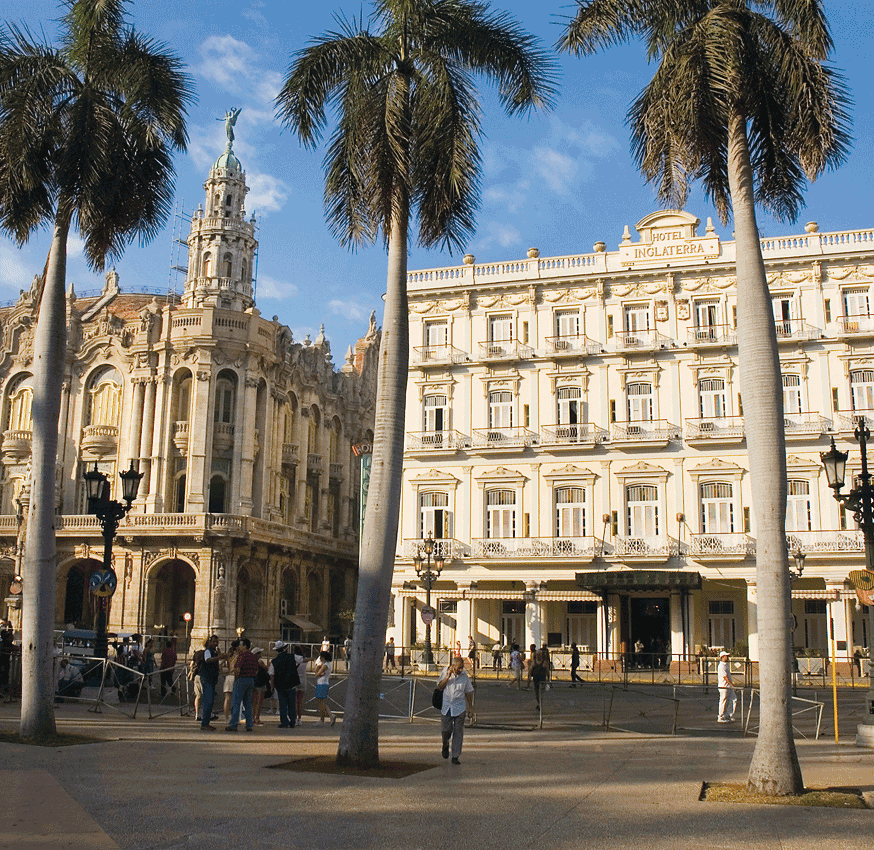
Gran Teatro de la Habana and Hotel Inglaterra (), Havana
CHRISTOPHER GROENHOUT/LONELY PLANET IMAGES
Idyllic Beach Escapes
Theres the big showy one in the resort and the wild, windswept one on the north coast; the sheltered palm-fringed one on a paradisiacal key and the unashamedly nudist one on a secluded southern island. Cubas beaches come in all shapes, sizes and shades. Search around long enough and youre sure to find your own slice of nirvana. Although resorts have hijacked the best strips of sand, isolated havens remain. Highlights include Playa Pilar () in Sancti Spritus province.



